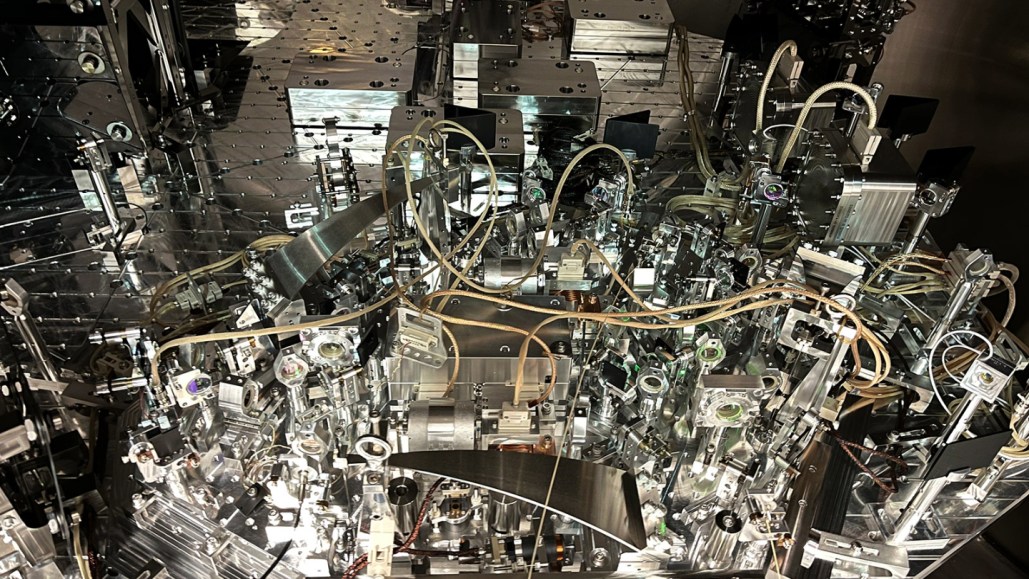How quantum ‘squeezing’ will help LIGO detect more gravitational waves
Scientists expect to see 65 percent more collisions between massive objects like black holes

An upgrade to some of LIGO’s equipment (shown) will dramatically boost the number of collisions scientists will see among massive, distant objects like black holes and neutron stars.
Wenxuan Jia/MIT